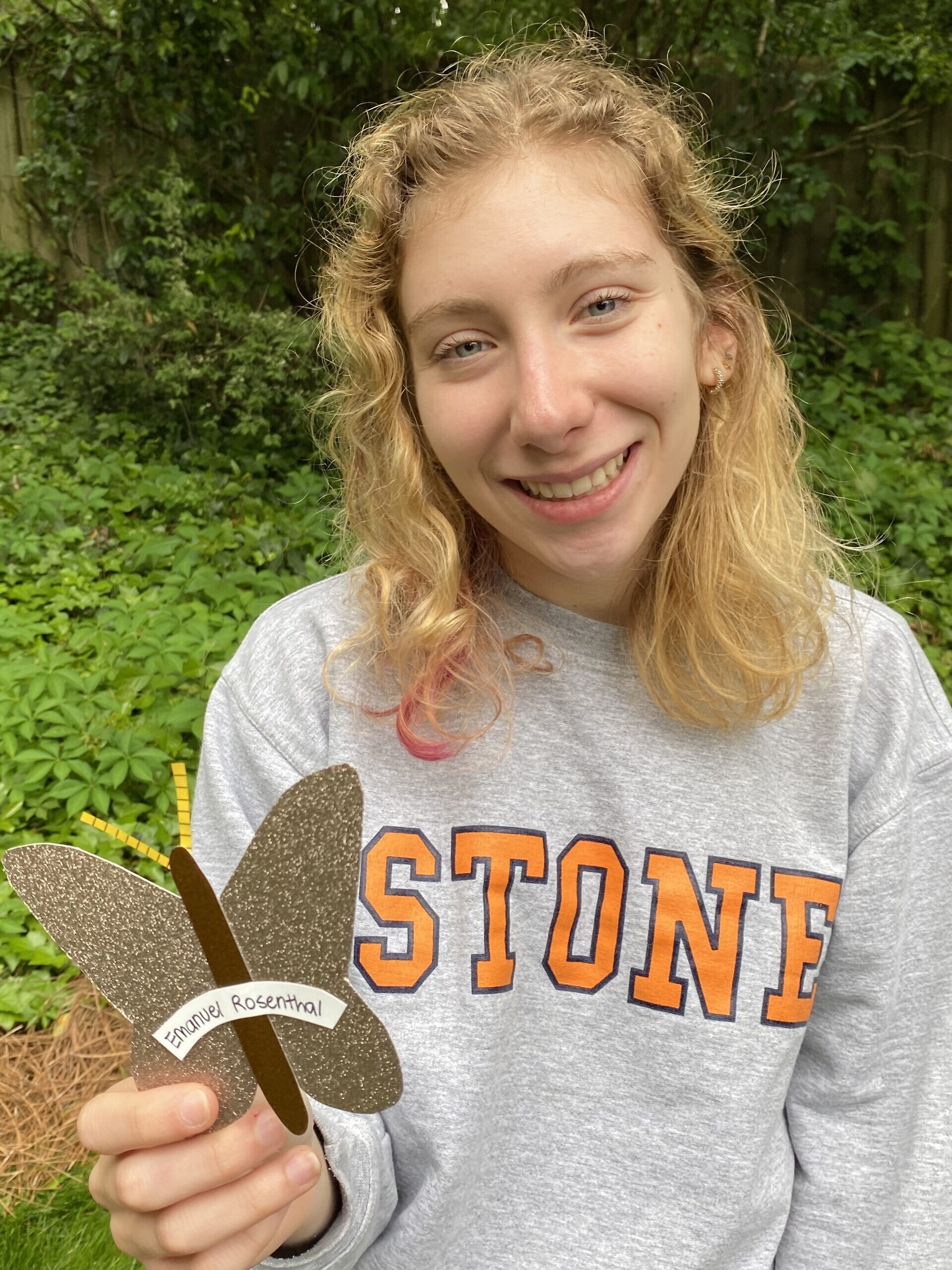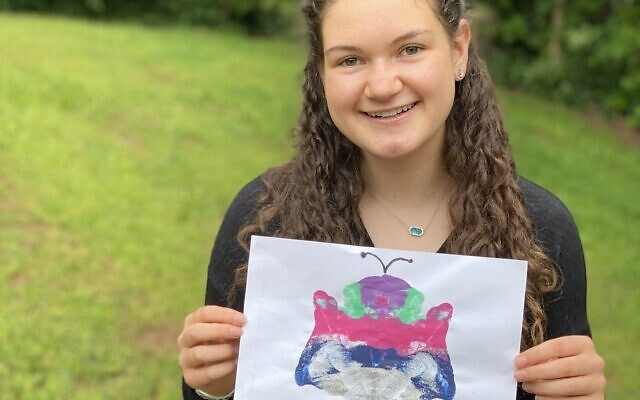AJA Students Study Yom Hashoah During COVID-19
Holocaust Remembrance gains new relevance during confinement for Atlanta Jewish Academy students.
Being confined indoors, having to take classes and participate in Jewish rituals in a different way during COVID-19 is nothing compared to what Jews experienced during the Holocaust. But students at the Atlanta Jewish Academy still found small ways to relate their current situation to the Holocaust when observing Yom Hashoah Tuesday.
The AJA middle school lit virtual candles and a student shared his interview with his grandfather, a Holocaust survivor. The sixth graders led a virtual ceremony with their families on Zoom, speaking about people in the camps and ghettos and how they observed Jewish holidays, b’nai mitzvah and other ceremonies, said Debbie Bornstein, Judaics studies principal for the lower and middle schools.
“The focus of the ceremony was the idea of observing mitzvot, Jewish practice and holidays during that time. The discussion afterwards was how we celebrated Passover in a different way. We had challenges but we were not being discriminated against. COVID hit everyone, but it was not a matter of who we are. It was challenging not being with family. But we can’t ever make the comparison with the Holocaust.”
The students seemed touched by the story of Jews in the Holocaust reading the megillah during Purim by heart, Bornstein said. “We were able to have our seder and observe in the privacy of our homes.”
The students also learned about the miniature Torah rescued from Bergen-Belsen concentration camp that the first Israeli astronaut Ilan Ramon brought with him in 2003 on the space shuttle Columbia, Bornstein said. Later the students broke into groups for further discussion and reflection.
She shared some of those reflections:
An eighth-grader shared, “It must take an ungodly amount of will power and strength to have the fight in you to survive in the horrid circumstances. You could be killed any day, you’re starving, and death is all around you. As well, you have no idea if your family is dead. You’ve been taken from your home and are forced to work for an ideology and nation that you despise. … I just keep thinking of the perseverance that all of these brave people had to have to continue fighting and going while in the concentration or labor camps. It is extremely inspirational and gives me a tremendous amount of hope even while the world is experiencing its own little catastrophe.”

Also for Yom Hashoah, AJA’s high school students participated in a two-part program, as well as a project centered around the theme of children in the Holocaust.
Students and faculty joined together for a virtual ceremony, including brief remarks from faculty, some video content, six students lighting candles in memory of relatives or others they researched, and tefillot (prayers). Parents and relatives were also invited to join.
Later, students broke into small groups to learn about the experience of one child survivor and participate in a faculty-facilitated discussion about the story.
“We find, certainly with high schoolers, they need to talk about, debrief and flesh out what messages they can take out of the experience,” said Rabbi Allan Houben, high school Judaic Studies principal.
“We need to commemorate and learn, but it’s also important to balance that with the impact it has on us today, why it’s relevant to us today, what they can walk away with this Yom Hashoah.”
In Houben’s small group discussion, the students focused on how the struggles and decisions of a young child in the Holocaust was so different from a child’s today. Children of the Holocaust grew up much quicker than youth today because they were forced to be mature, independent and make adult decisions at an earlier age, the rabbi said.
This offered AJA students a larger perspective and new appreciation of their own blessings, particularly in light of the current health crisis, he said. “In this case, they were not separated from their family and friends.” Students may feel isolated, but they are mainly only limited because of the virus, Houben said.

In addition to discussions, students were asked to create a homemade butterfly, based on Pavel Friedmann’s poem “The Butterfly,” for every Jewish child living in their home. Using paper, clay, origami, or any available materials, the students were asked to place the butterflies in their window facing out, outside the window or on a skewer in the yard to express hope for the future.
Third and fourth-grade students also made butterflies.
The butterflies represent freedom, flight and happiness Holocaust survivors didn’t necessarily have, Houben said. “We hope, as well, we can get together face-to-face free like the butterfly and interact.”
AJA third and fourth-graders explain the butterfly drawings they made as part of Yom Hashoah studies.



comments